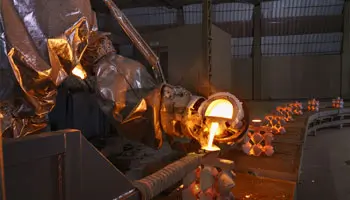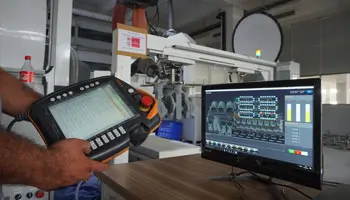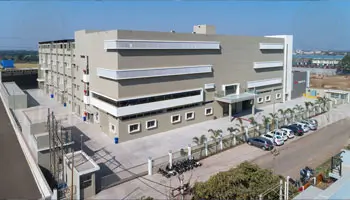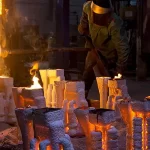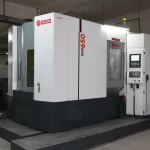What is Die Casting? Gravity vs Pressure Die Casting: Which is Better?
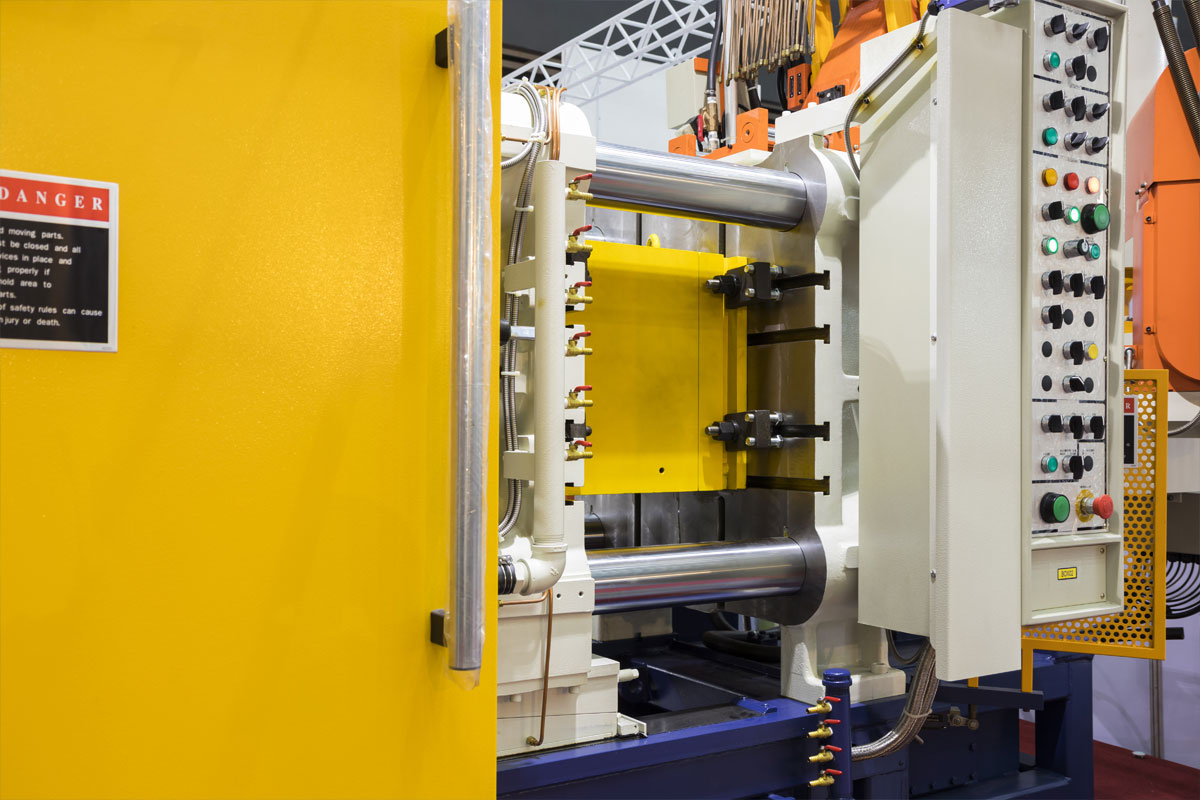
Die casting is a metal casting process that involves injecting molten metal under high pressure into a mould cavity. The mould, or die, is made of hardened steel and is designed to produce parts with intricate details and precise dimensions. This process is widely used in various industries due to its ability to create complex shapes efficiently.
A Brief History of Die Casting
While the exact origins of die casting are somewhat unclear, it is believed to have emerged in the late 19th century. Early methods involved hand-operated machines and were relatively slow and labour-intensive. However, with the advent of industrialization and technological advancements, die casting evolved into a highly automated and precise process.
The Die Casting Process
The die casting process generally involves the following steps:
- Mould Creation: A steel die is created with intricate cavities that correspond to the desired shape of the final product.
- Metal Preparation: Molten metal, usually zinc, aluminium, magnesium, or copper alloys, is prepared and brought to the appropriate temperature.
- Injection: The molten metal is injected into the mould cavity under high pressure.
- Cooling and Solidification: The metal rapidly cools and solidifies within the mould, taking the shape of the cavity.
- Ejection: The finished casting is ejected from the die.
- Trimming and Finishing: Excess material is removed, and the casting undergoes finishing processes such as deburring, polishing, or coating.
Gravity Die Casting
How Gravity Die Casting Works
Gravity die casting is a metal casting process where molten metal is poured into a reusable metal mould under the influence of gravity alone. The mould is preheated to prevent rapid cooling, which can cause defects in the casting. The molten metal flows through channels within the mould, filling the desired cavities. Once the metal solidifies, the casting is ejected from the die.
Advantages of Gravity Die Casting
- Superior Mechanical Properties: Since the metal solidifies more slowly compared to pressure die casting, the resulting castings often exhibit higher strength and ductility.
- Better Surface Finish: Gravity die castings tend to have a smoother surface finish compared to sand casting, reducing the need for extensive post-processing.
- Dimensional Accuracy: Gravity die casting can produce castings with good dimensional precision and consistency.
- Versatility: This process is suitable for a wide range of metals, including aluminium, magnesium, copper alloys, and zinc.
Limitations of Gravity Die Casting
- Lower Production Rate: Compared to pressure die casting, gravity die casting is a slower process, limiting production volume.
- Part Complexity: While gravity die casting can produce complex shapes, it might be challenging for extremely intricate designs with thin wall sections.
- Labor Intensive: The process typically requires more manual intervention compared to automated pressure die casting.
Pressure Die Casting
How Pressure Die Casting Works
Pressure die casting is a high-pressure process where molten metal is injected into a cold metal mould at high velocity. The intense pressure forces the metal to fill every detail of the mould cavity, resulting in castings with exceptional dimensional accuracy and intricate details. Once the metal solidifies, it is ejected from the die.
Advantages of Pressure Die Casting
- High Production Rate: Pressure die casting is significantly faster than gravity die casting, making it ideal for high-volume production.
- Complex Part Design: This process excels in producing parts with thin walls, intricate details, and complex shapes.
- Dimensional Accuracy and Consistency: Pressure die castings exhibit excellent dimensional precision and consistency, reducing the need for post-processing.
- Material Versatility: A wide range of metals can be used in pressure die casting, including zinc, aluminium, magnesium, and copper alloys.
Limitations of Pressure Die Casting
- Higher Initial Investment: The equipment and tooling required for pressure die casting are more expensive compared to gravity die casting.
- Potential for Metal Defects: High-pressure injection can sometimes lead to metal defects like porosity or cold shuts if not controlled properly.
- Part Size Limitations: While pressure die casting can produce large parts, there are practical limitations on the maximum size due to machine capacity.
Gravity vs. Pressure Die Casting: A Comparison
| Feature | Gravity Die Casting | Pressure Die Casting |
| Strength and Durability | Superior | Slightly lower |
| Production Speed and Volume | Slower | Significantly faster |
| Cost-Effectiveness | Lower initial investment | Higher initial investment, lower per-part costs in high-volume |
| Part Complexity and Design | Suitable for a wide range, struggles with intricate details | Excels at producing complex parts |
| Surface Finish | Generally better | Good, may require additional finishing |
Choosing the Right Method
Selecting the optimal die casting method for your project requires careful consideration of several factors:
Factors to Consider
- Production Volume: High-volume production typically favors pressure die casting for its speed and efficiency. Lower volumes might benefit from gravity die casting’s lower initial investment.
- Part Complexity: Pressure die casting excels in producing intricate and complex parts, while gravity die casting is better suited for simpler designs.
- Mechanical Properties: If high strength and ductility are critical, gravity die casting might be preferred. For applications demanding thin walls and precise dimensions, pressure die casting is often the choice.
- Surface Finish: Gravity die casting generally offers a better surface finish, while pressure die casting may require additional finishing processes.
- Cost: Evaluate the overall cost, including tooling, production, and post-processing, to determine the most economical option.
Application Examples
Automotive Industry: Pressure die casting is widely used for producing engine blocks, transmission housings, and other components due to its high production rates and ability to create complex shapes.
Consumer Electronics: Both gravity and pressure die casting are employed in this industry. Gravity die casting might be suitable for larger components with good surface finish requirements, while pressure die casting is preferred for miniaturized parts with intricate details.
Hardware and Tools: Pressure die casting is commonly used for producing tool handles, locks, and other hardware components due to its high production rates and dimensional accuracy.
Die Casting by Shilpan Steelcast
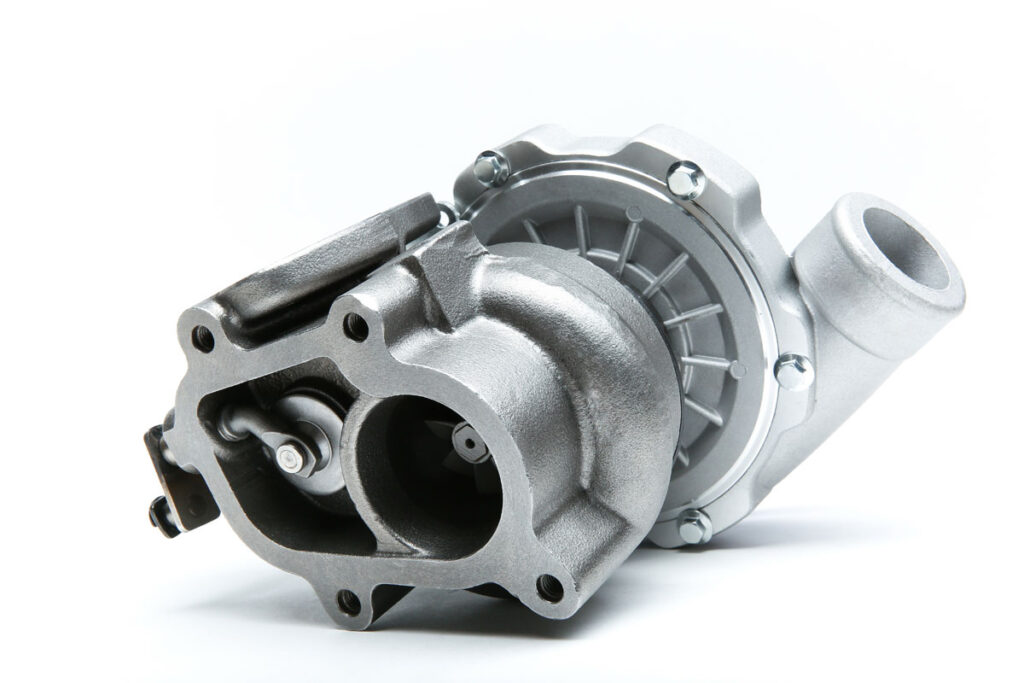
Die casting is a versatile metal casting process that offers numerous advantages for producing a wide range of products. Both gravity and pressure die casting have their strengths and weaknesses, making it essential to carefully evaluate your project’s specific requirements to select the optimal method.
Making the right choice between gravity and pressure die casting can be challenging. Shilpan Steelcast offers expert consultation to help you determine the best method for your specific project. Our experienced engineers can analyze your product requirements, provide recommendations, and guide you through the entire process.
By understanding the key differences between gravity and pressure die casting, you can make informed decisions about material selection, part design, production volume, and budget. Shilpan Steelcast’s expertise in both processes, coupled with their commitment to quality, makes them a reliable partner for your die casting needs.
Contact Shilpan Steelcast today to discuss your project and explore how their die casting solutions can benefit your business.
